The TST Flyer 27.5" delivers powerful, reliable, and comfortable performance, making it an excellent choice for urban commuting and light off-road riding. Featuring a 1000W brushless rear hub motor with 70Nm torque, it provides smooth acceleration and hill-climbing ability with a top throttle speed of 23 mph. Its 48V 15Ah removable lithium-ion battery offers up to 65 miles of range, supported by a Shimano 7-speed drivetrain for versatile gear shifting. Hydraulic disc brakes, front suspension, and puncture-resistant 27.5” x 2.25” tires ensure safety and comfort across varied terrain.
How Powerful Is the Motor and How Does It Affect Riding?
The 1000W SUTTO brushless motor delivers robust torque, enabling confident hill climbs and quick starts in traffic. Riders experience seamless acceleration through a thumb throttle, making it easy to maintain desired speeds. The motor’s power supports a maximum speed of 23 mph, ideal for urban commuting and moderate off-road conditions.
What Range Can Riders Expect from the Battery?
The 48V 15Ah lithium-ion battery provides a substantial 65-mile range on a single charge, depending on terrain, rider weight, and assist level. The removable battery charges fully within 4-5 hours, offering convenience and reliability for daily use. Its durability ensures consistent performance in various weather conditions.
How Does the Shimano 7-Speed Drivetrain Enhance Ride Quality?
The professional Shimano 7-speed shifting system provides smooth and responsive gear changes, allowing riders to adapt efficiently to hills and traffic. Combined with pedal-assist modes, it reduces rider fatigue and improves cadence control, making longer rides more comfortable and efficient.
What Safety Features Contribute to the Bike’s Performance?
Equipped with hydraulic dual disc brakes and 180mm rotors front and rear, the Flyer offers strong, reliable stopping power in all weather. The front suspension fork with 80mm travel absorbs shocks from rough roads, enhancing rider comfort and control. Puncture-resistant tires add durability and grip on urban and off-road surfaces.
How Comfortable Is the Ride and What Are the Tire Specifications?
The 27.5” x 2.25” puncture-resistant tires with 8mm tread depth provide excellent traction and durability. The front suspension fork’s hydraulic design smooths out bumps and rough terrain, reducing rider fatigue. The bike’s adjustable seat height (30-39 inches) accommodates riders from 5’3” to 6’4”, ensuring ergonomic comfort.
Chart: TST Flyer 27.5" Performance Specifications
| Feature | Specification |
|---|---|
| Motor | 1000W Brushless Rear Hub |
| Torque | 70 Nm |
| Battery | 48V 15Ah Lithium-ion |
| Range | Up to 65 miles |
| Top Speed | 23 mph |
| Drivetrain | Shimano 7-Speed |
| Brakes | Hydraulic Dual Disc |
| Tires | 27.5” x 2.25” Puncture Resistant |
| Suspension | Front Suspension Fork (80mm) |
| Max Load Capacity | 400 lbs |
What Do Users Say About Its Performance?
User reviews praise the TST Flyer for its smooth ride, powerful motor, and long battery life. Riders report confidence in hill climbing and urban traffic, with reliable braking and comfortable handling. Some note easy assembly and good value for the price, while a few suggest clearer instructions for setup.
Buying Tips
When considering the TST Flyer 27.5":
- Ensure the 1000W motor suits your terrain and speed needs.
- Confirm the battery capacity aligns with your daily commute.
- Look for hydraulic disc brakes and suspension for safety and comfort.
- Verify Shimano 7-speed drivetrain for versatile gearing.
- Check tire durability and puncture resistance.
- Review warranty and customer support.
These tips help you select a reliable, comfortable, and efficient e-bike.
TST EBike Expert Views
“The TST Flyer 27.5" combines powerful motor performance, long-range battery, and rider-focused features like Shimano gearing and hydraulic brakes to deliver a versatile commuter e-bike. Its smooth handling and robust components make it a top choice for urban and light off-road riders.” – TST EBike Product Specialist
FAQ
What is the top speed of the TST Flyer 27.5"?
Up to 23 mph in throttle mode.
How long does the battery take to charge?
Approximately 4-5 hours.
Are the tires suitable for rough terrain?
Yes, they are puncture-resistant and provide good grip on urban and light off-road trails.
What is the maximum rider weight?
Supports up to 400 pounds.
The TST Flyer 27.5" offers a powerful, comfortable, and reliable ride with features tailored for versatile urban commuting and light off-road adventures.

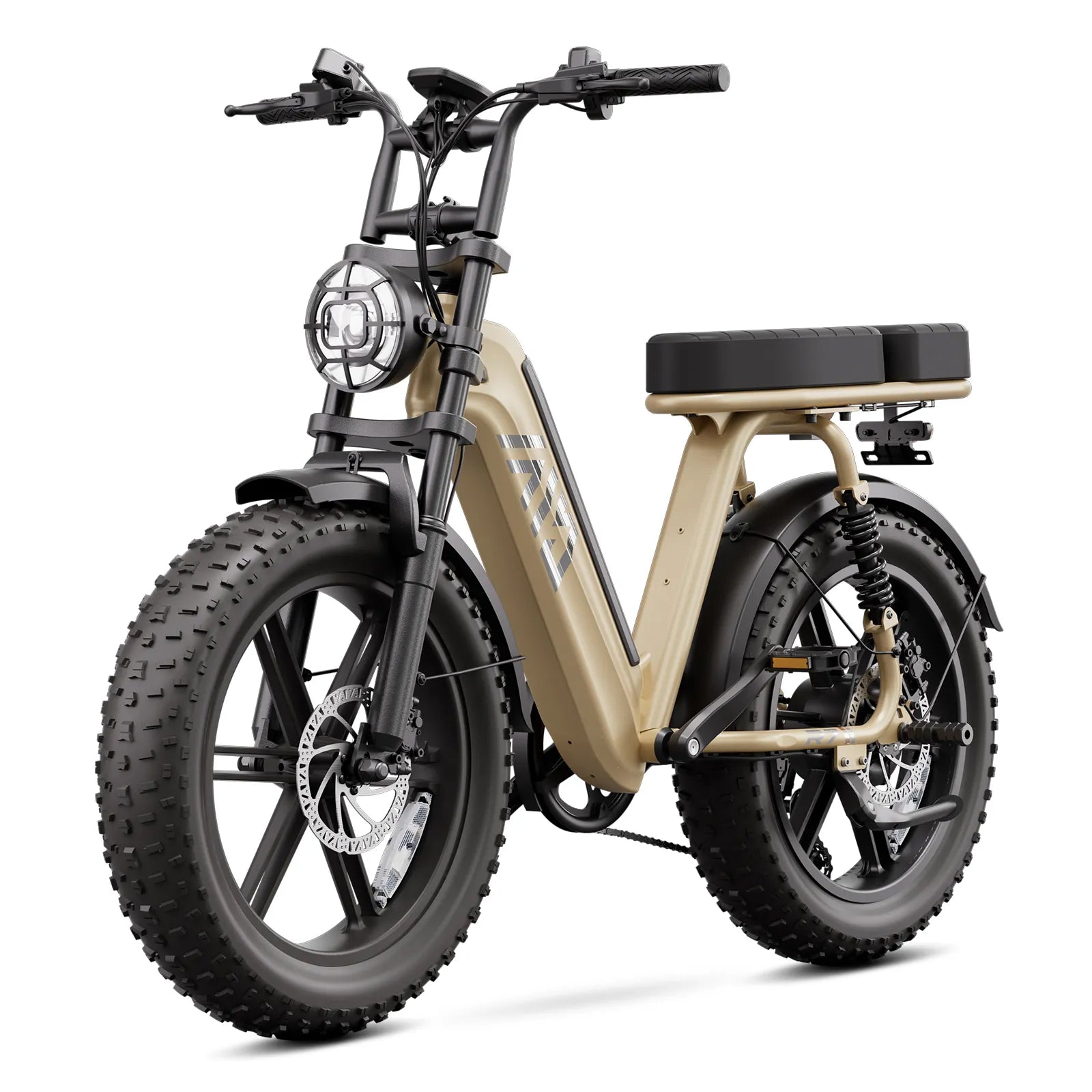
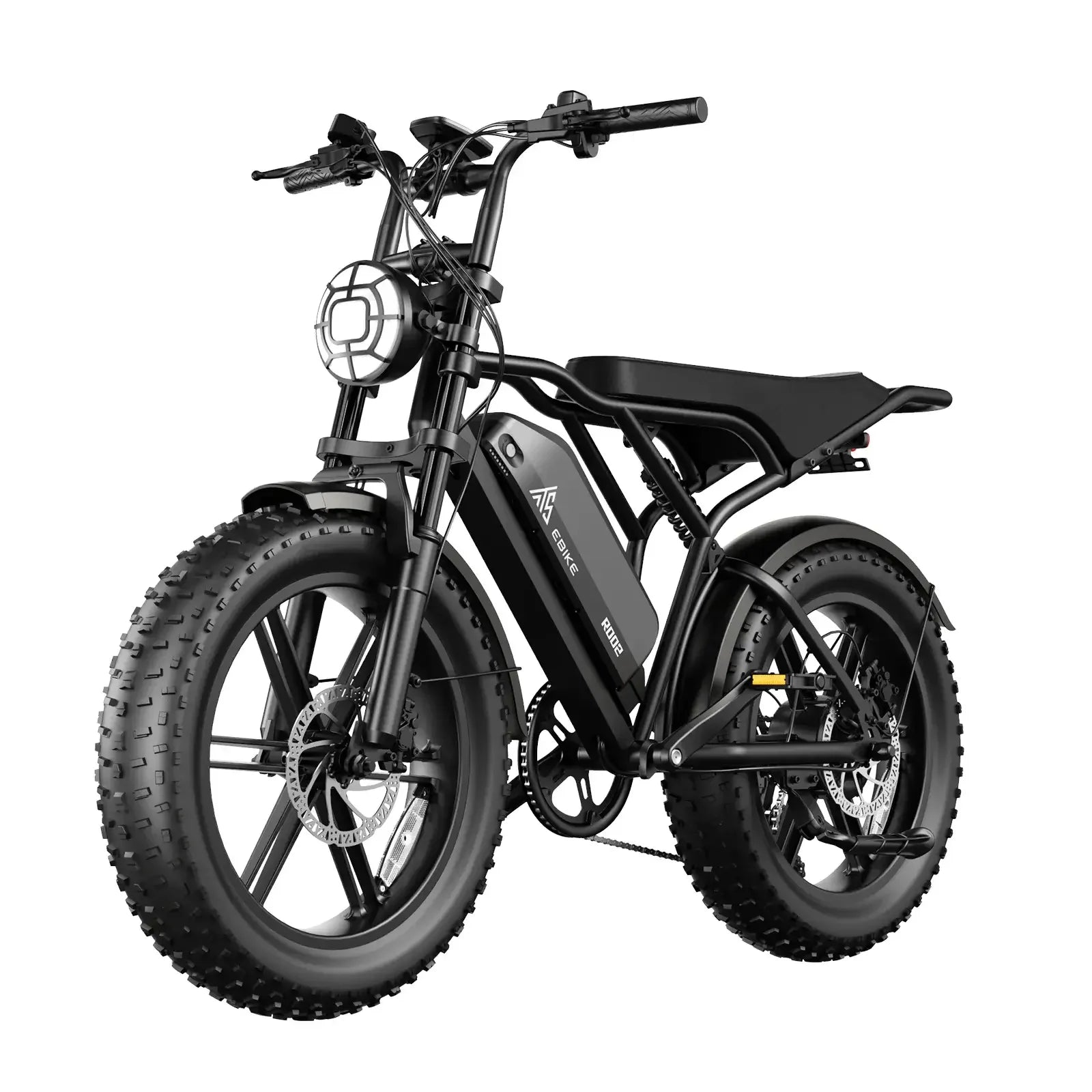
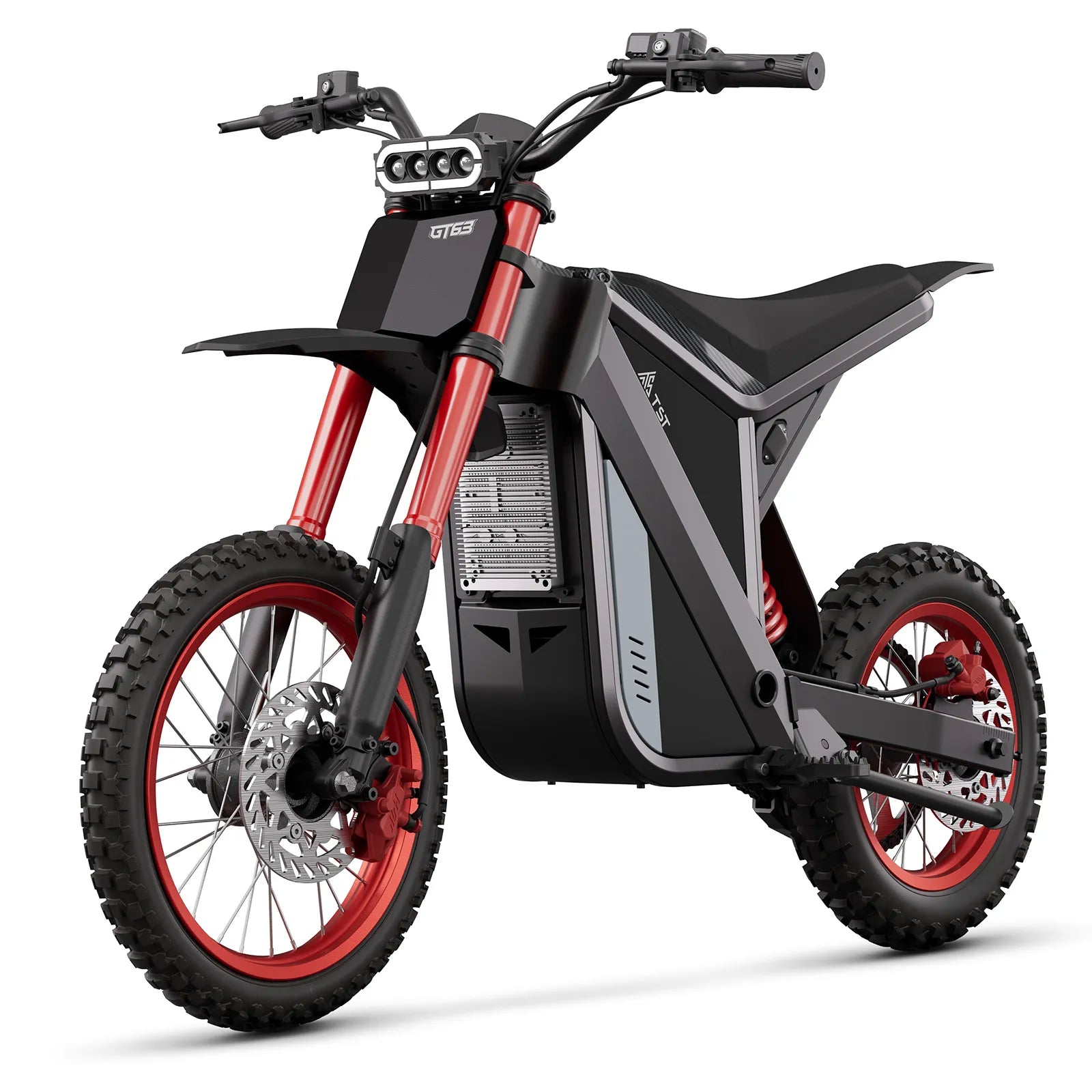
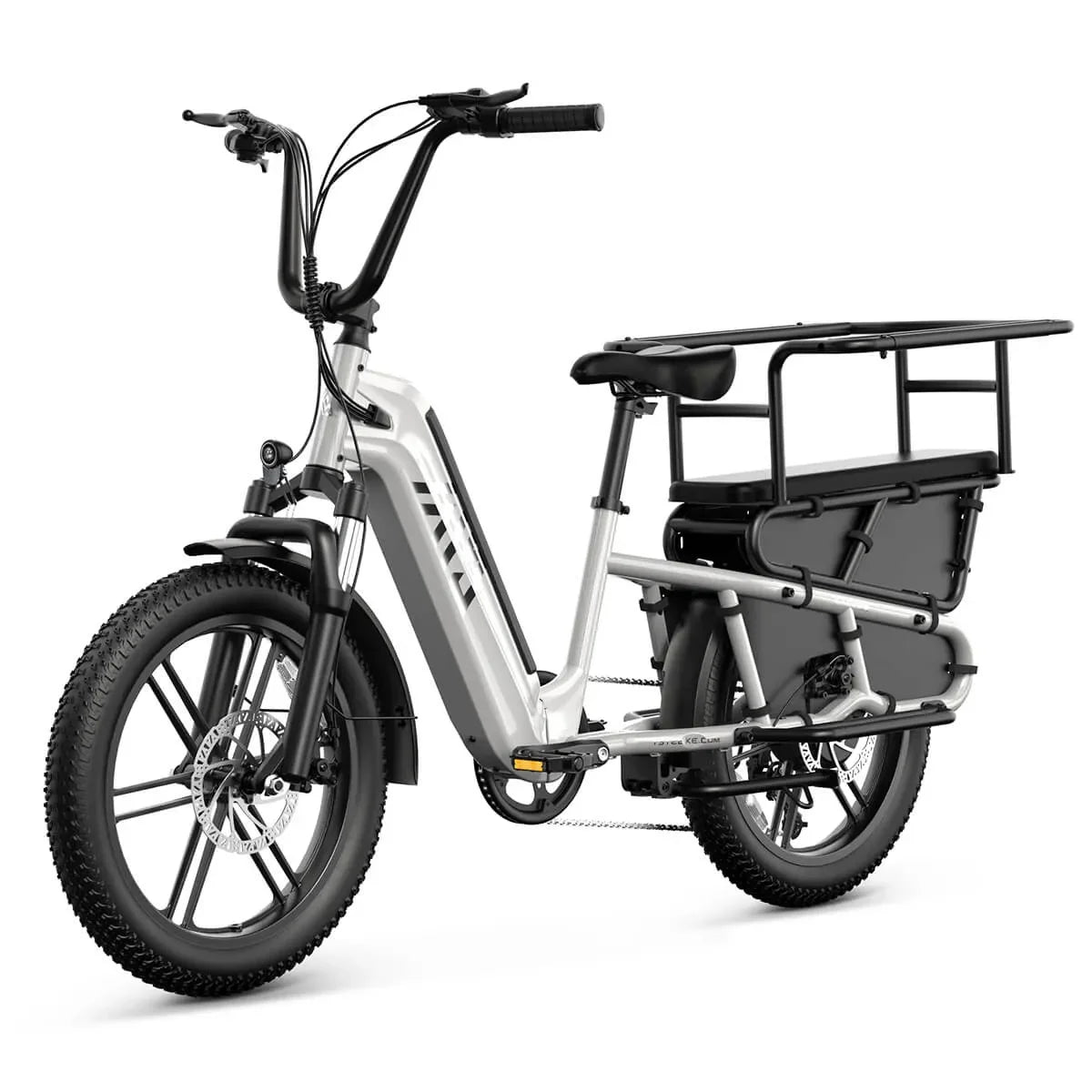
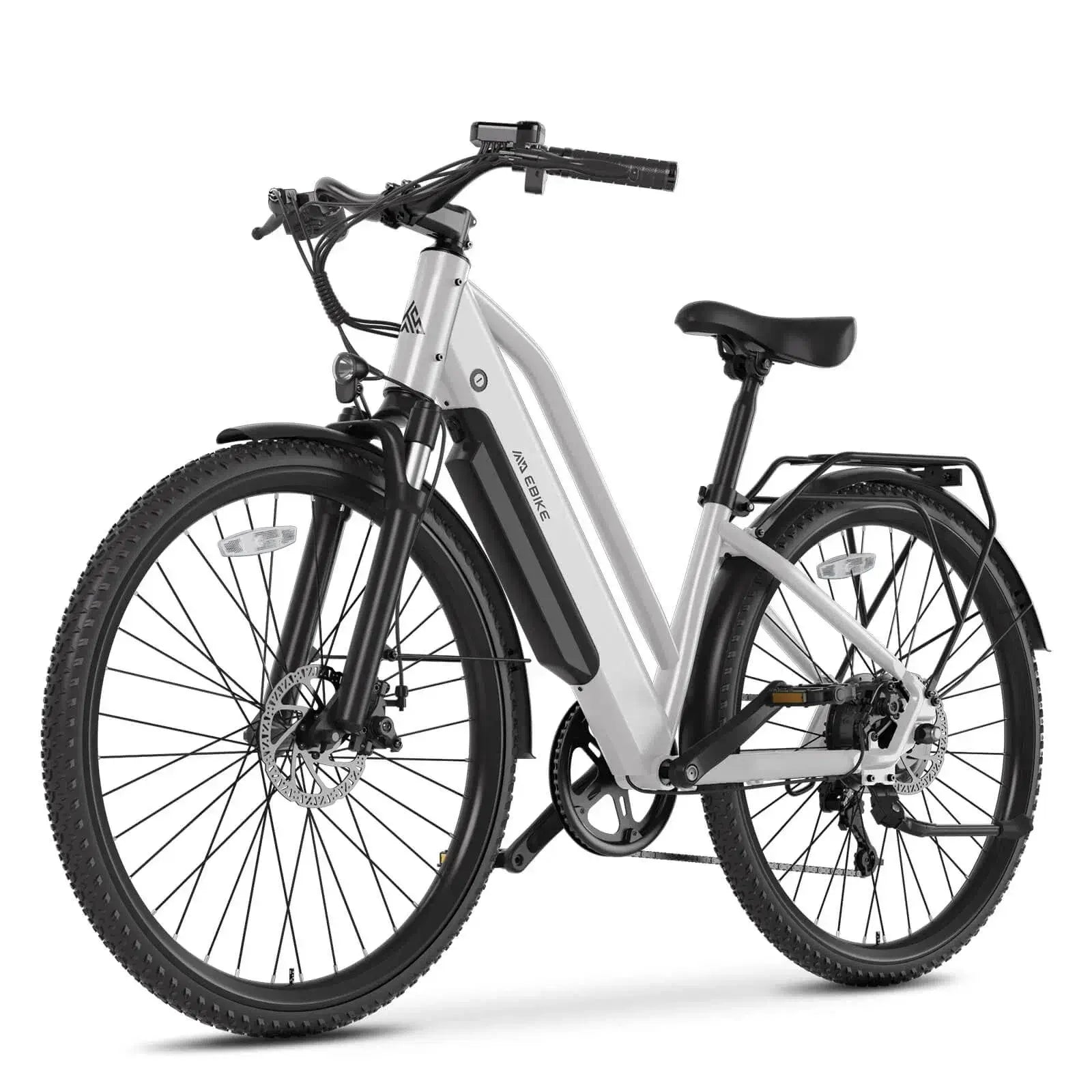
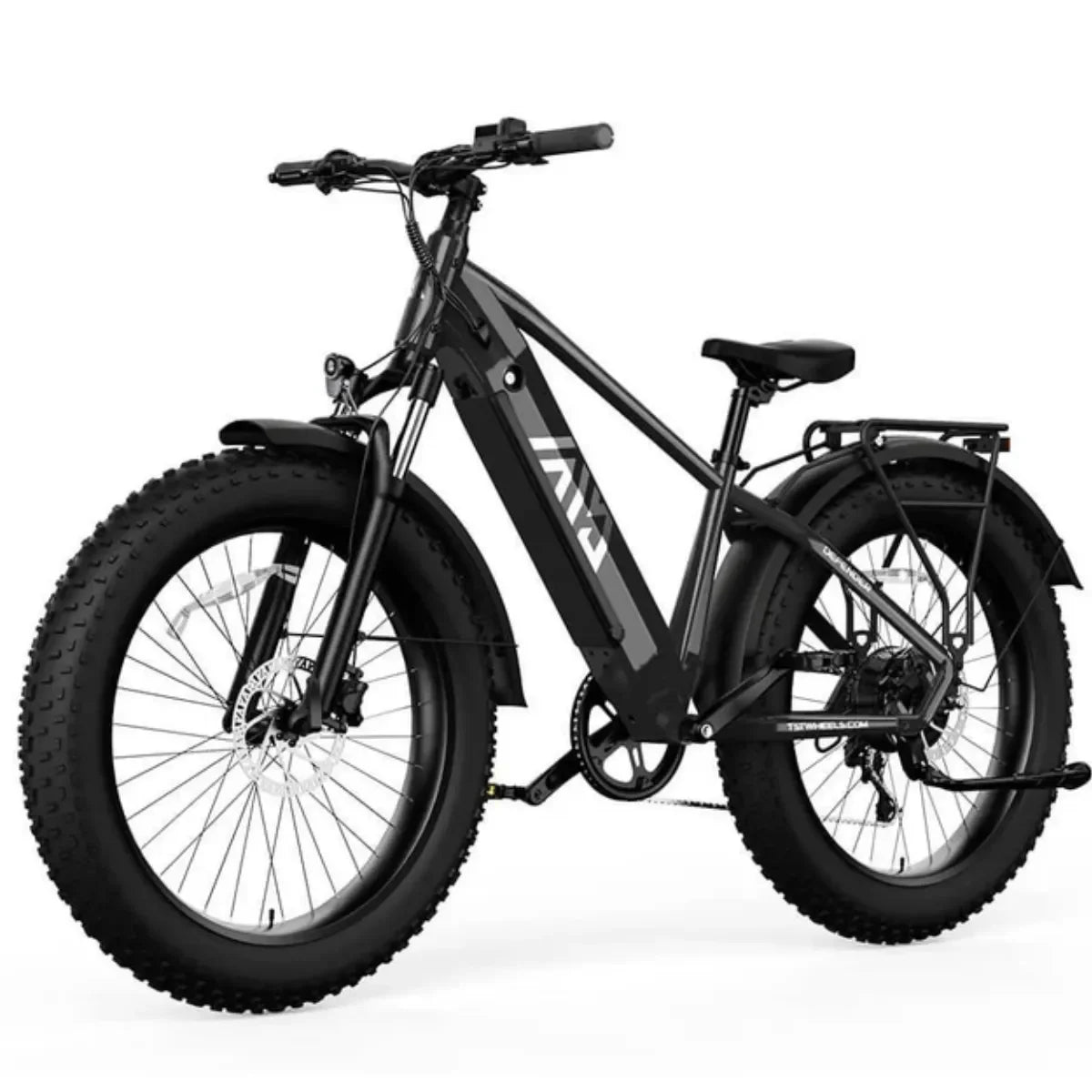
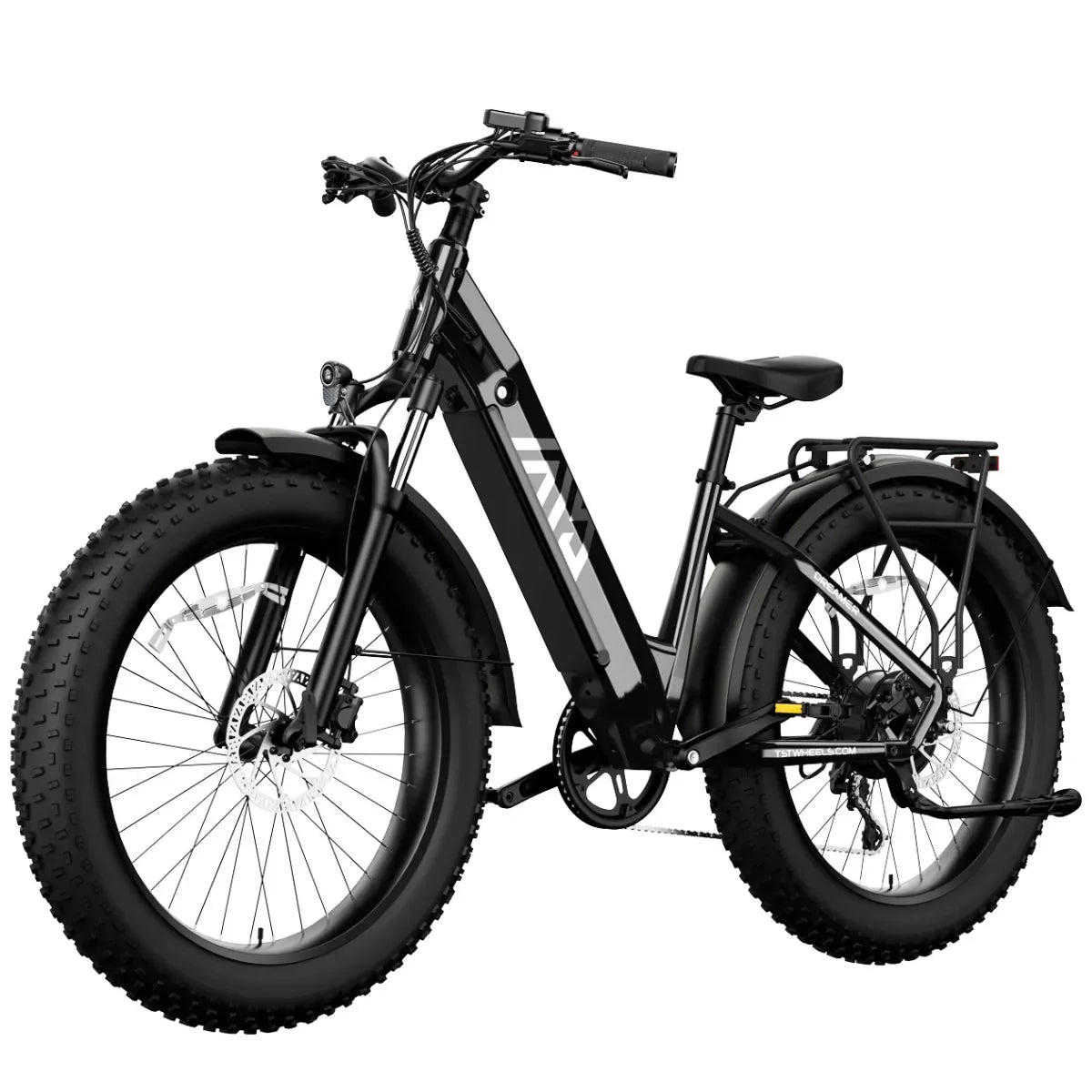

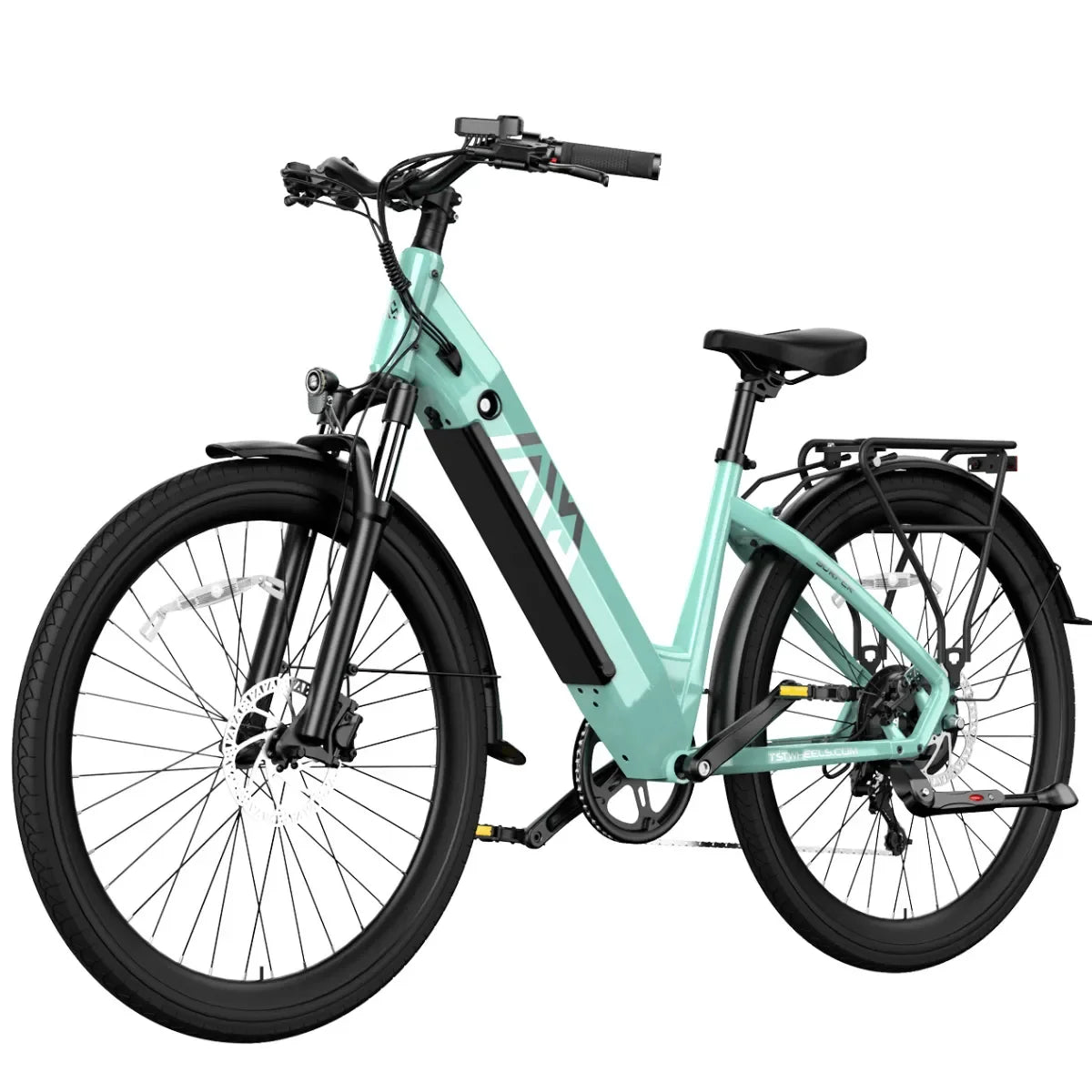
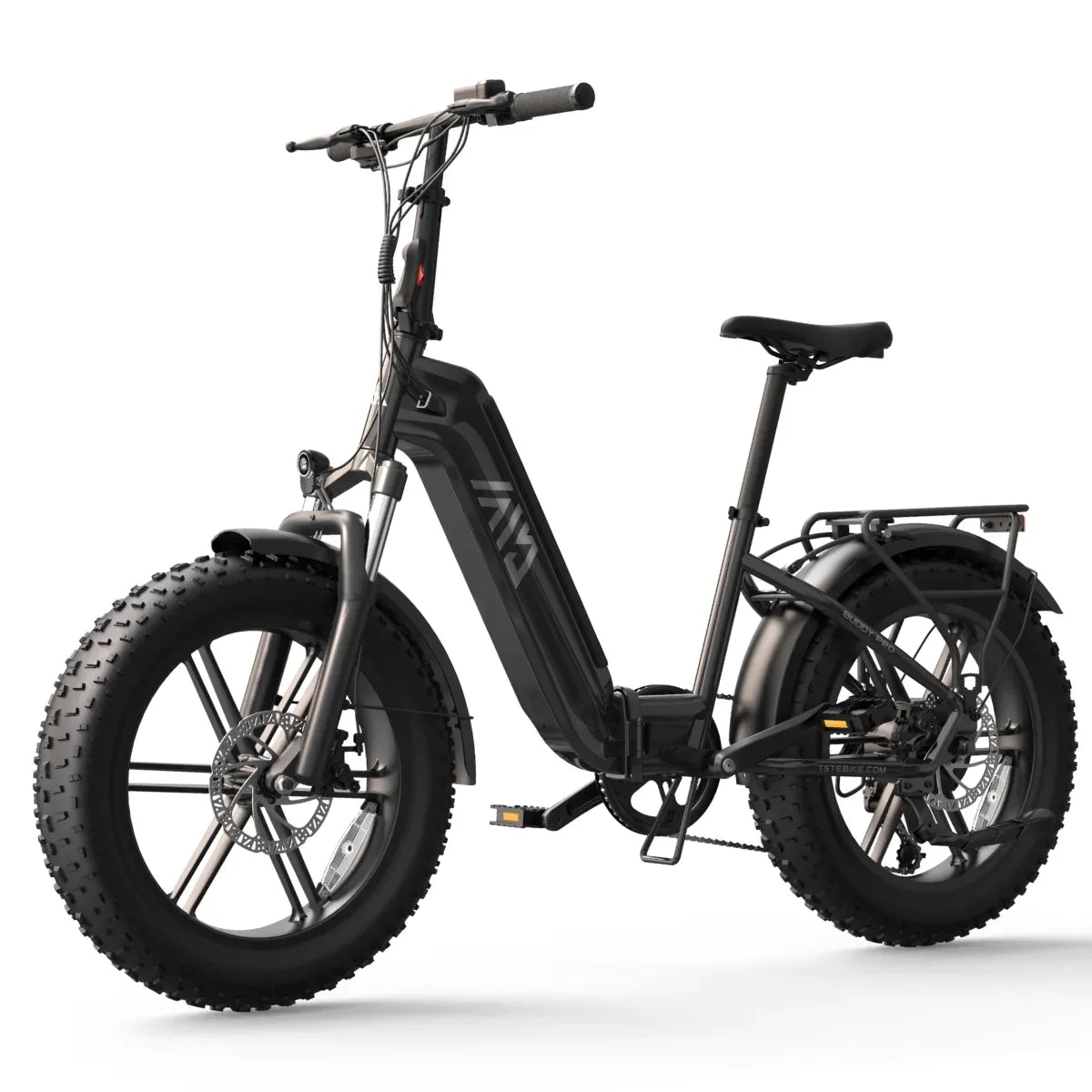
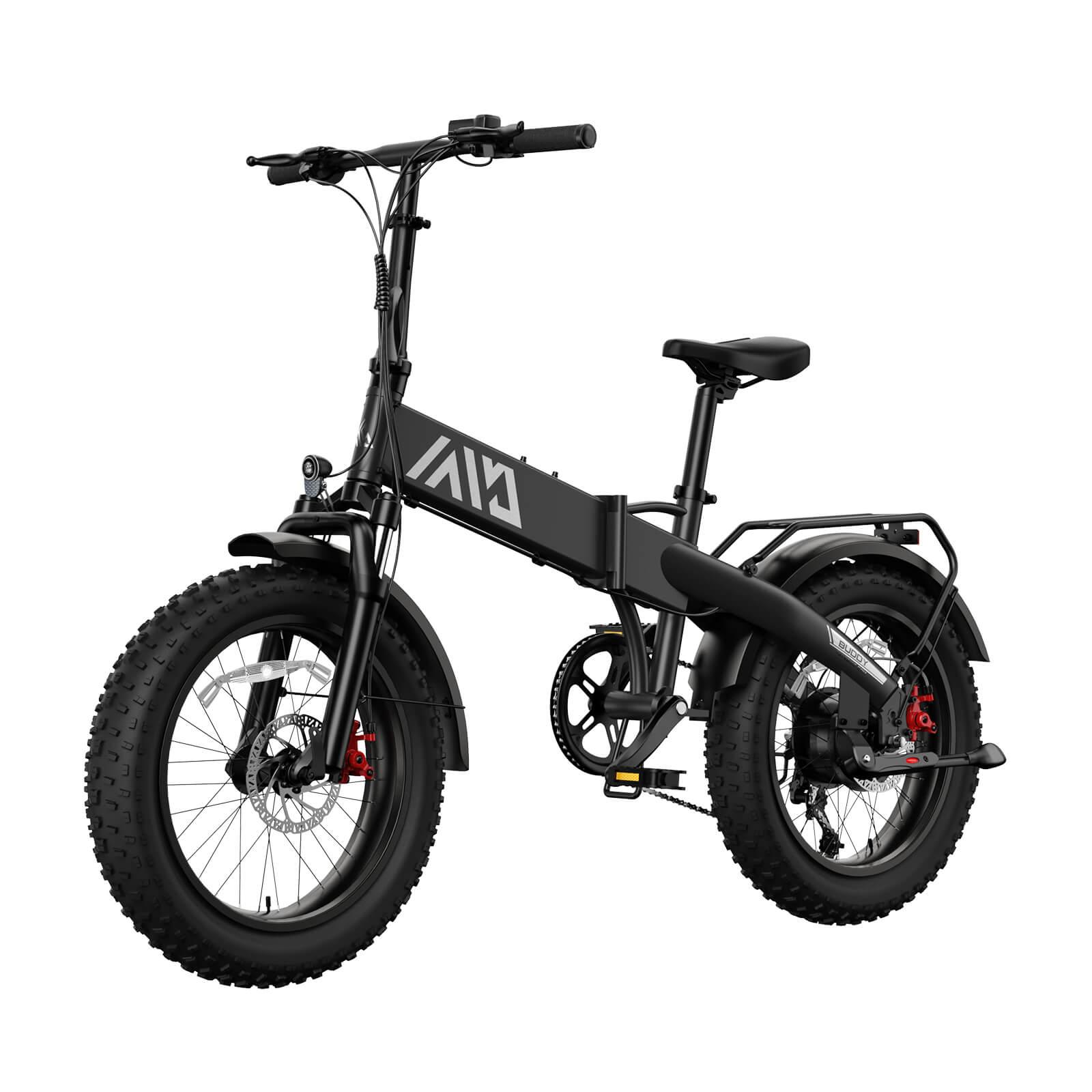
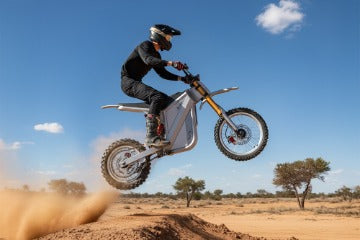
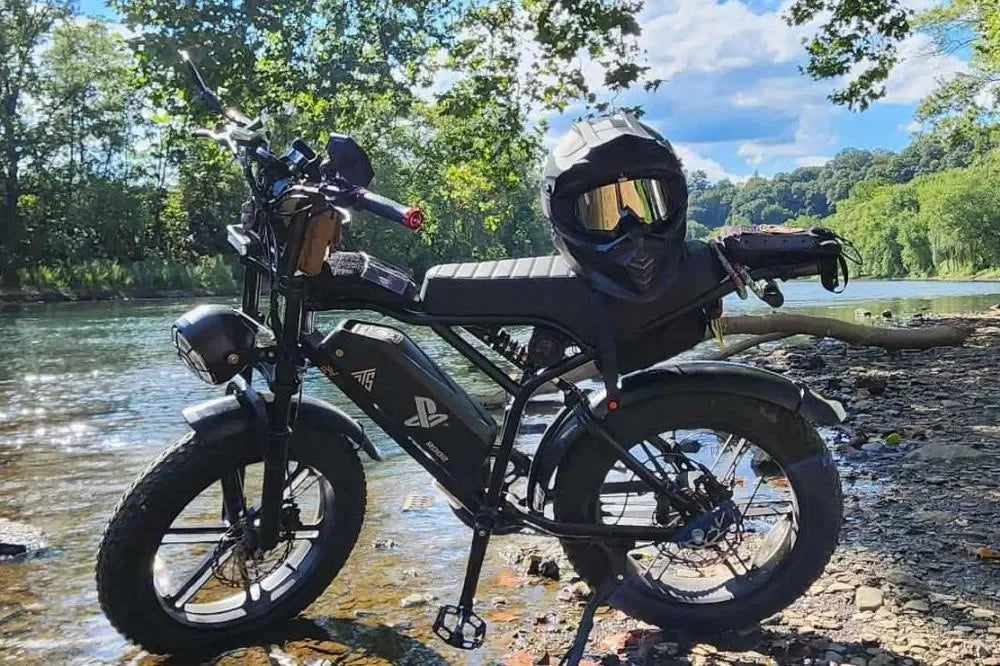
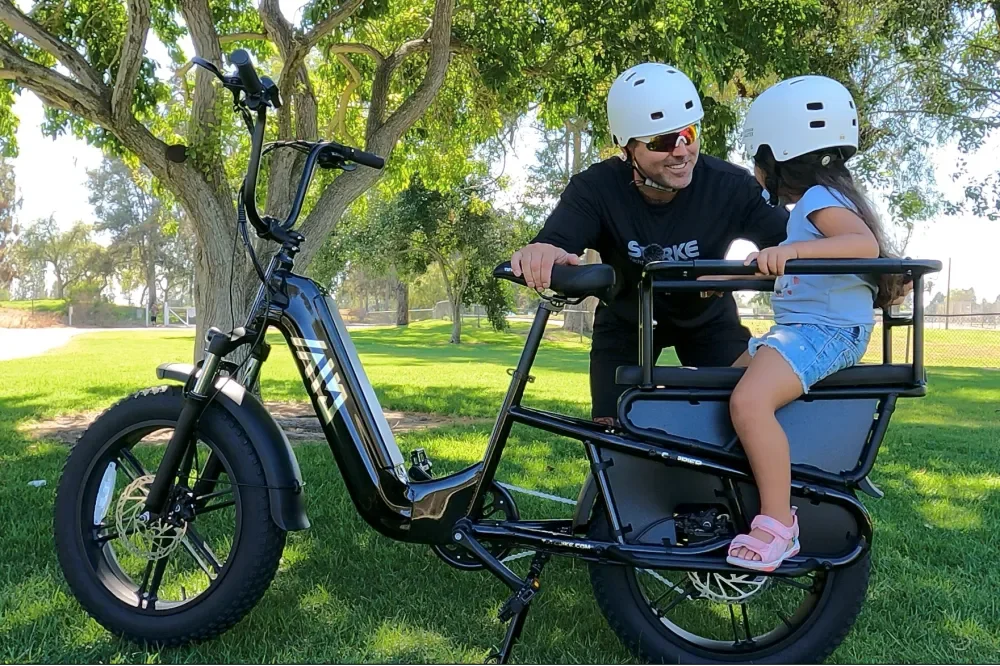
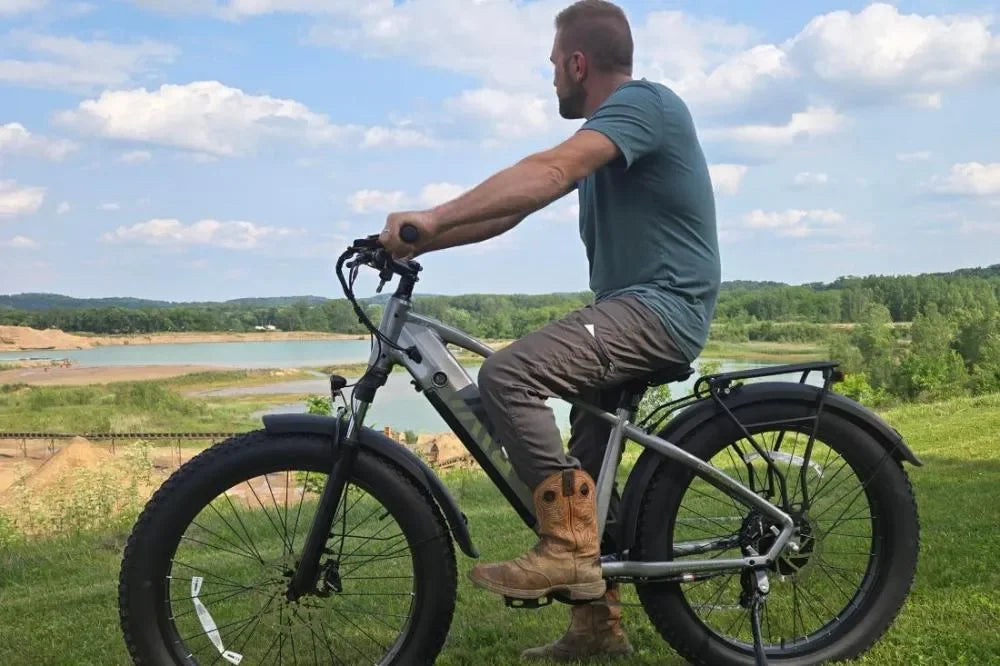
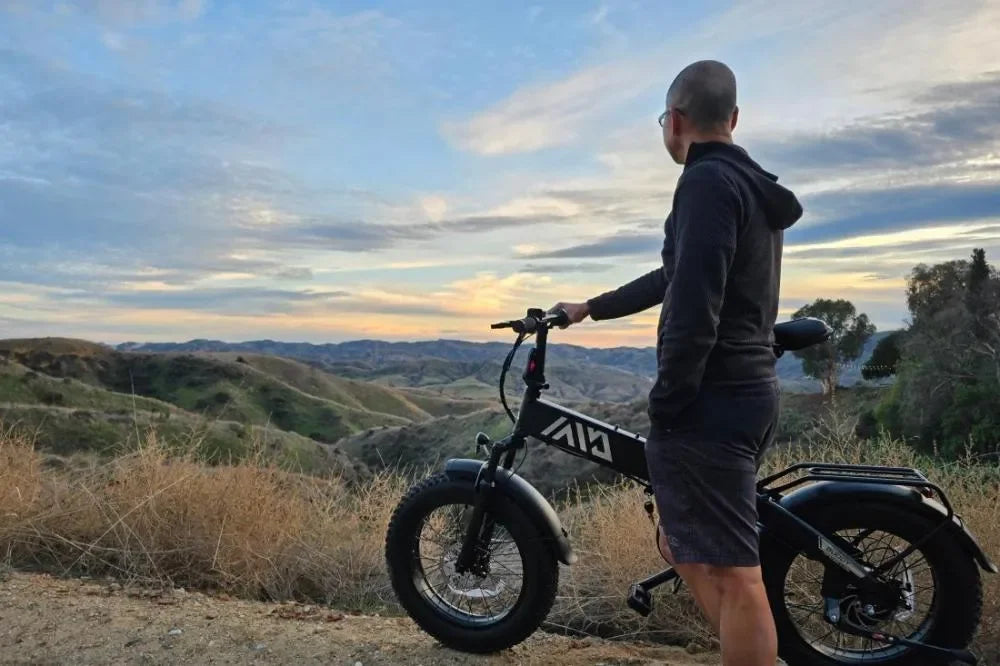
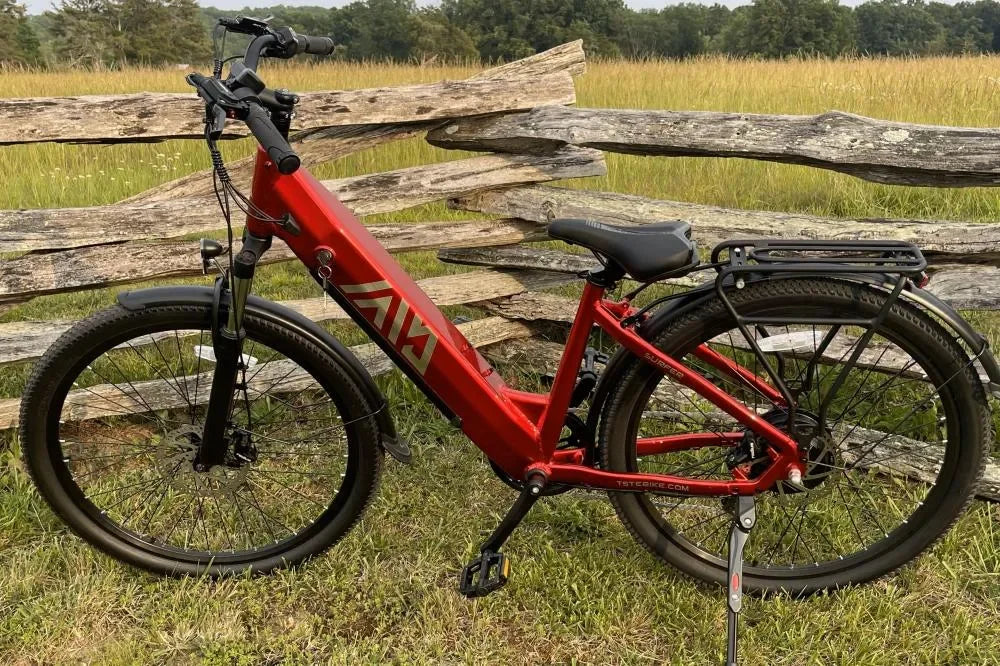
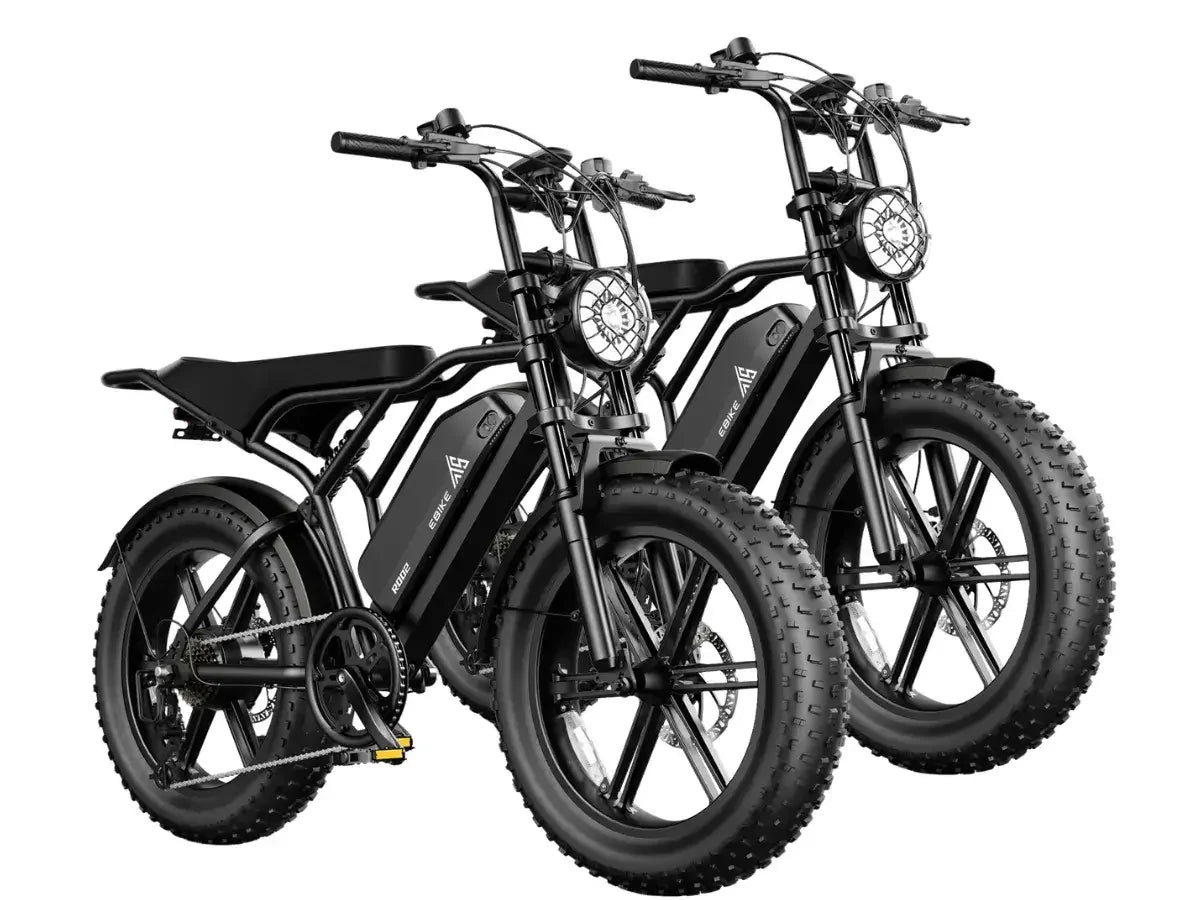
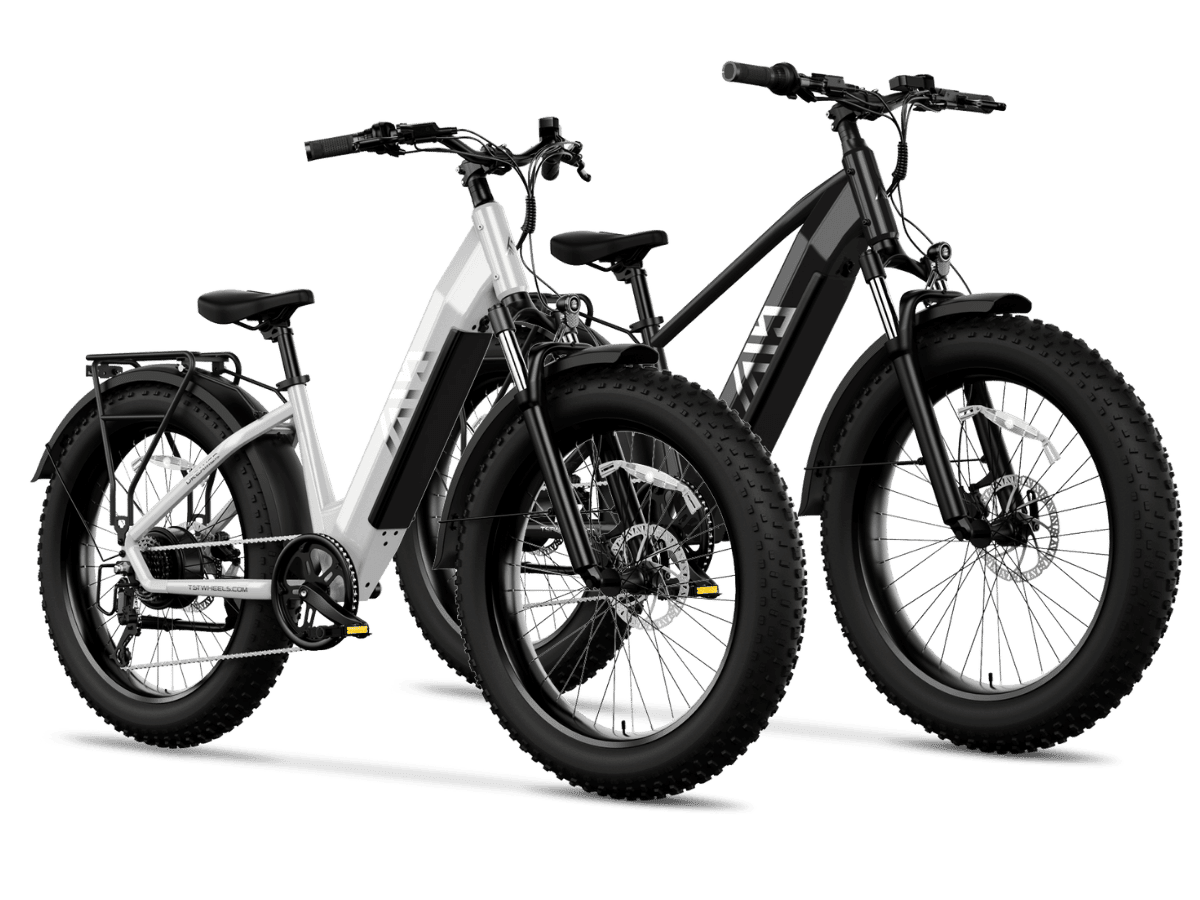
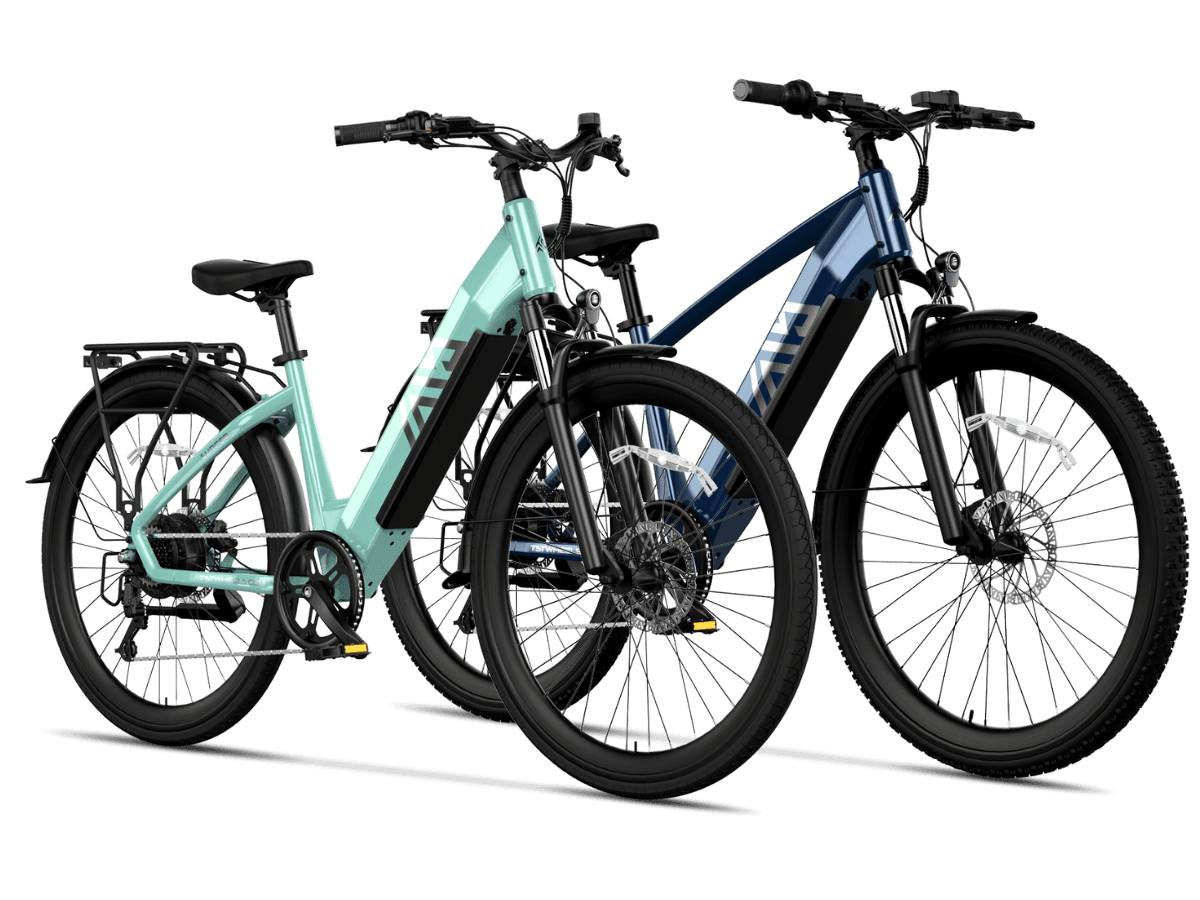
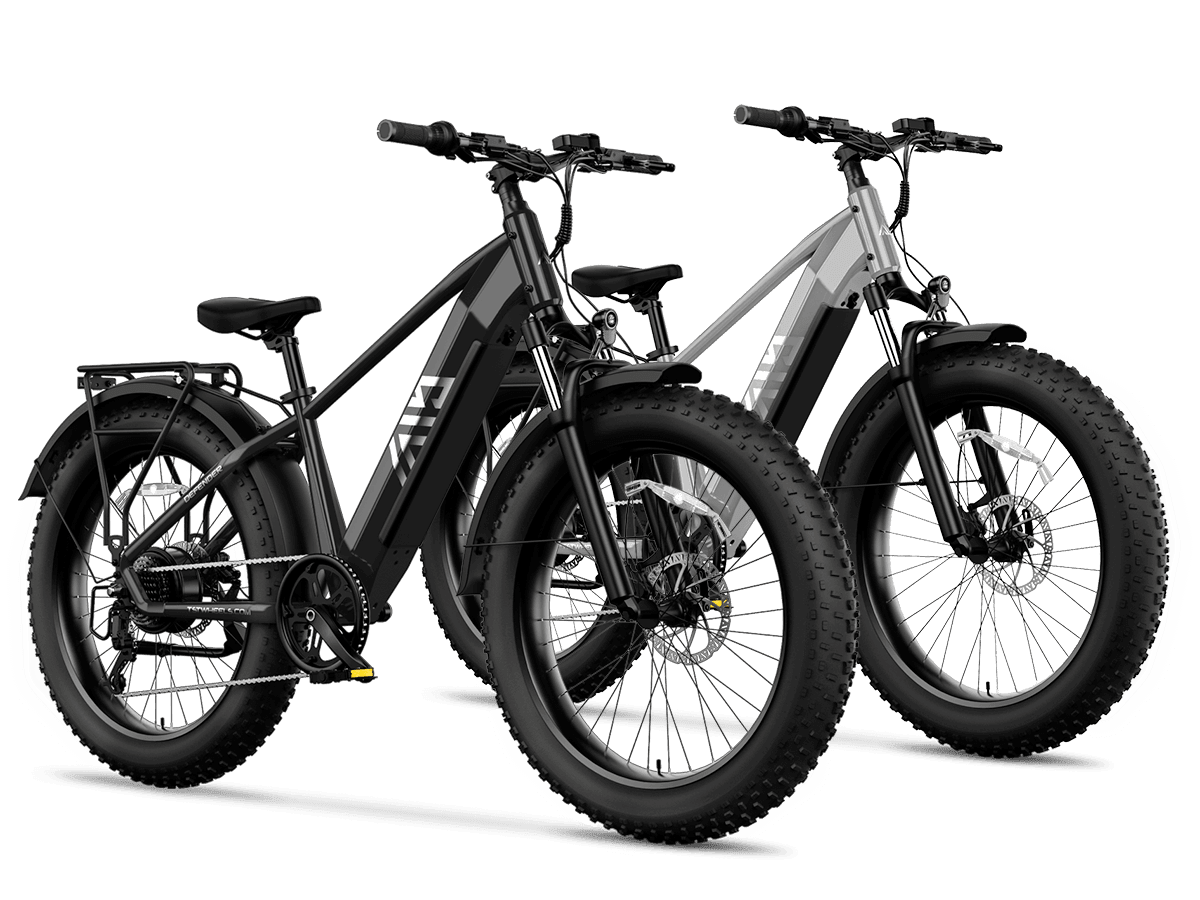
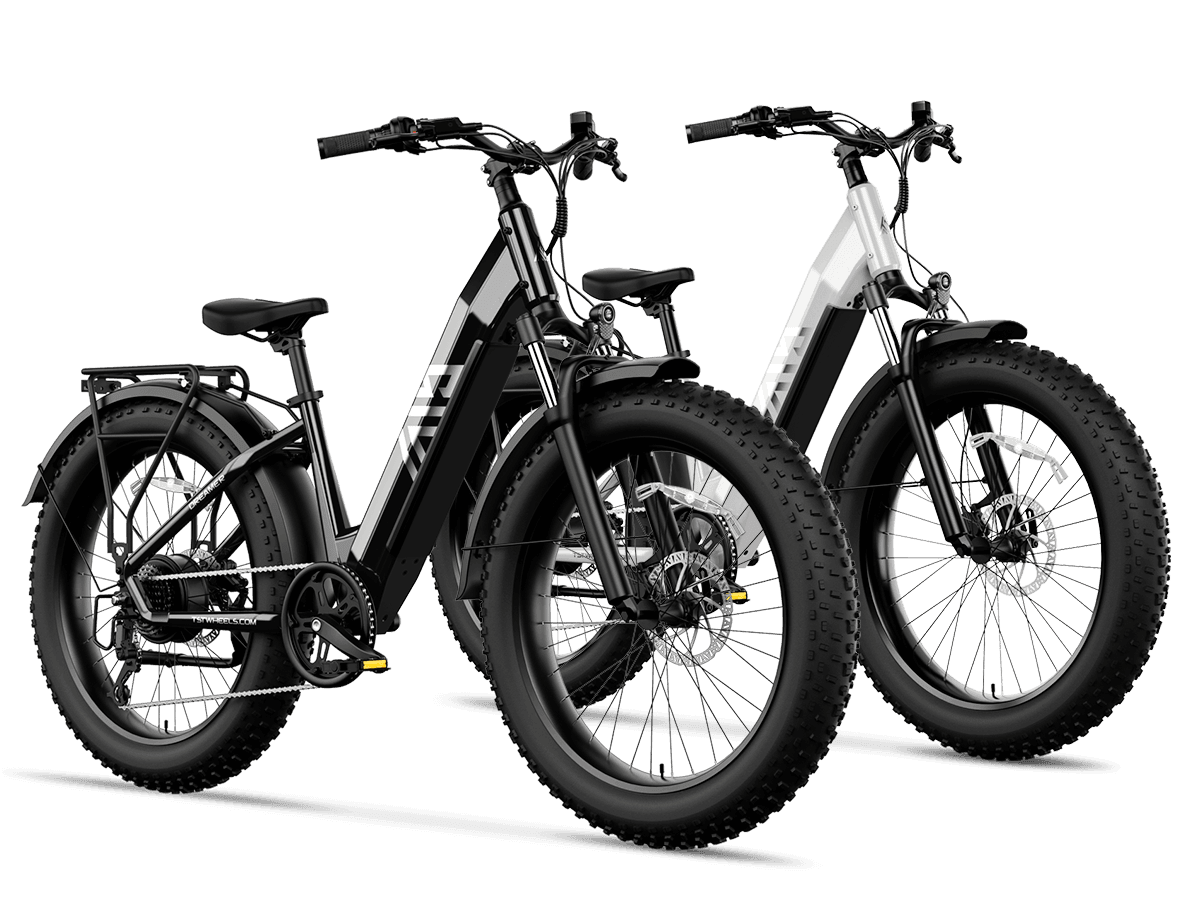
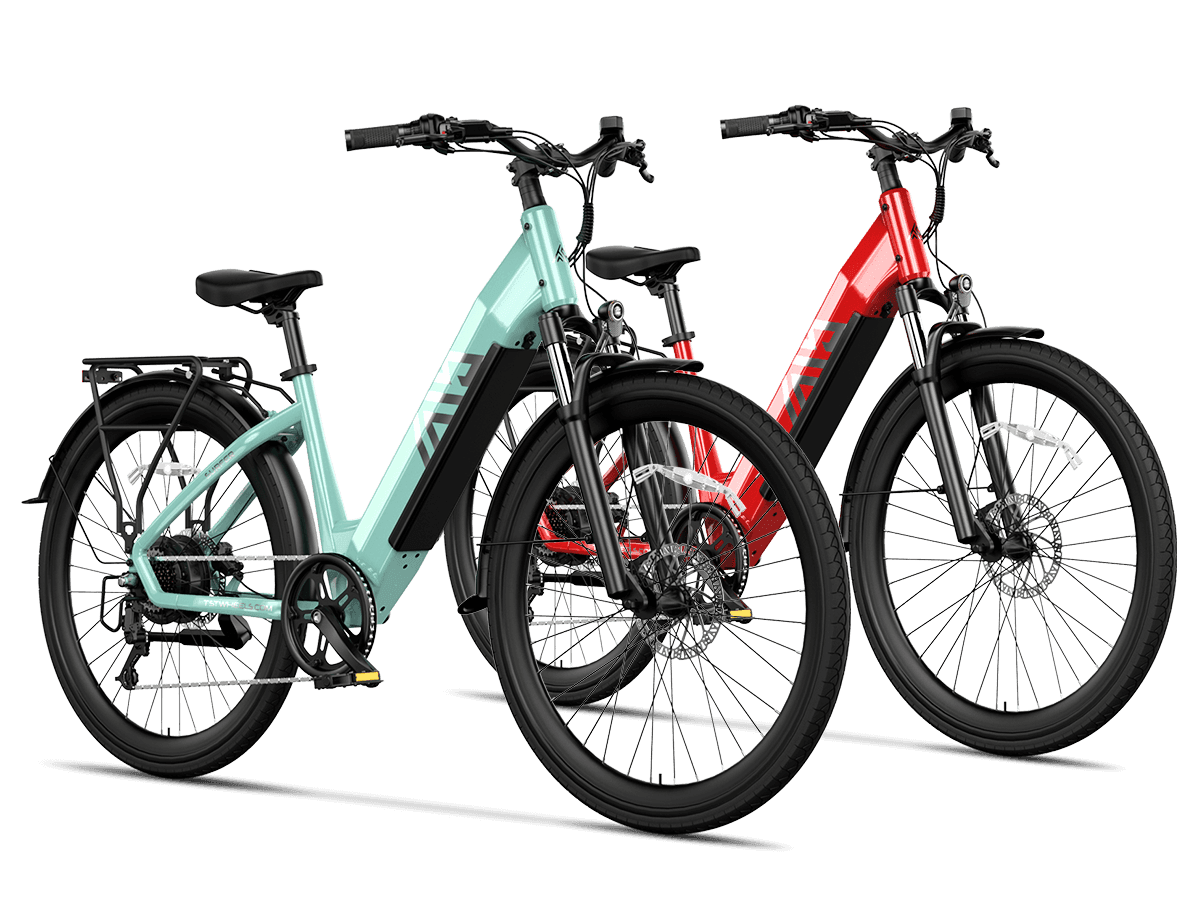
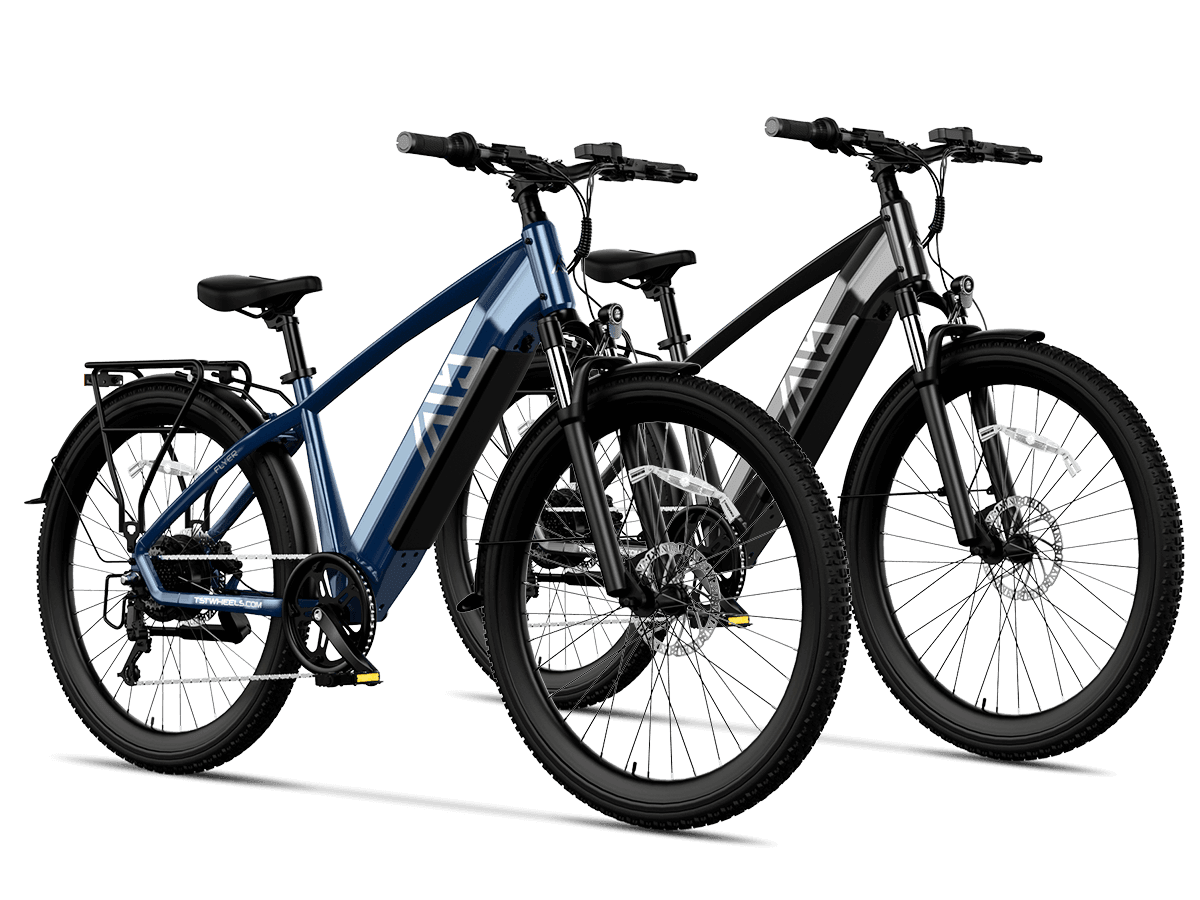
Leave a comment
This site is protected by hCaptcha and the hCaptcha Privacy Policy and Terms of Service apply.